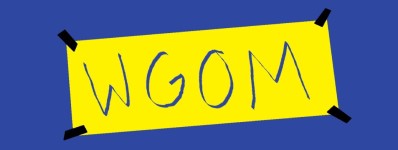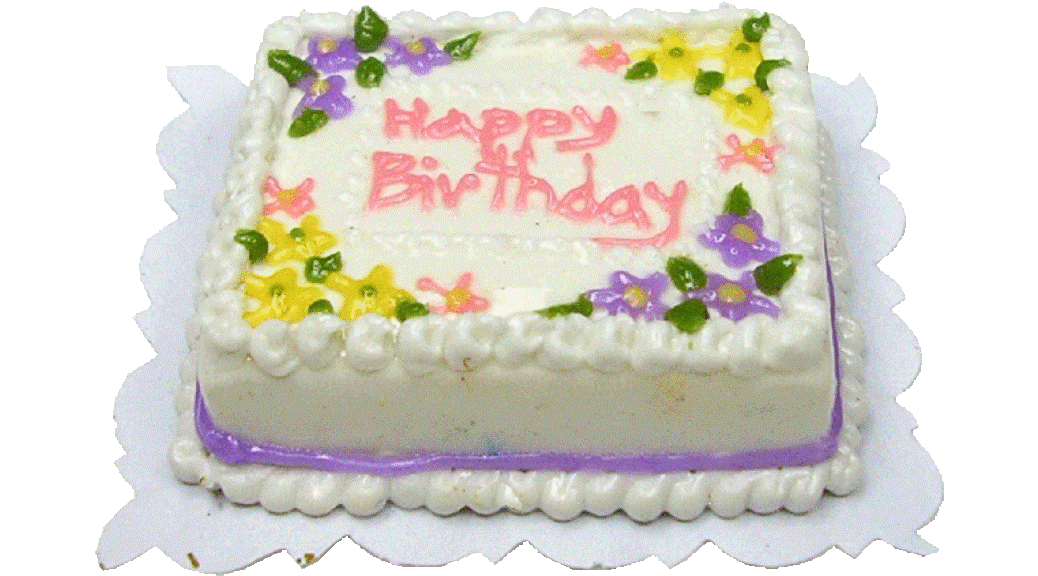Due to personal time constraints, this is a reprint from last year which has not been updated. This is a situation which will probably continue for another week or so.
Chippy McGarr (1863)
Ed Barrow (1868)
Klondike Douglass (1872)
Harry Salsinger (1885)
Allan Roth (1917)
Hideo Fujimoto (1918)
John McMullen (1918)
Herb Carneal (1923)
Jim Hickman (1937)
Ken Berry (1941)
John Cumberland (1947)
Chris Berman (1955)
Joey Meyer (1962)
Robby Thompson (1962)
Pete Schourek (1969)
Edward Mujica (1984)
Ed Barrow was the manager of the Boston Red Sox from 1918-1920, and is credited with making the decision to make Babe Ruth and outfielder, rather than a pitcher. He was then general manager of the New York Yankees from 1921-1944.
Harry Salsinger was the sports editor of the Detroit News for forty-nine years.
Allan Roth was the first full-time statistician employed by a major league team, being hired by Branch Rickey in 1947. He is credited with promoting the idea that on-base percentage is more valuable than batting average and with providing the first evidence that right-handed batters hit better against left-handed pitchers and vice versa.
Hideo Fujimoto holds the Japanese records for lowest career ERA and lowest one-season ERA.
John McMullen was the owner of the Houston Astros from 1979-1992.
With all due respect to John Gordon and Cory Provus, some of us will always consider Herb Carneal to be the Voice of the Twins.
It is rumored that Chris Berman has also been a baseball broadcaster, but no evidence supporting this rumor could be discovered.
Left-hander John Sheldon Cumberland did not play for the Twins, but went to spring training with them in 1973. He was born in Westbrook, Maine, attended the University of Maine, and signed with Philadelphia as a free agent in 1966. He had a mediocre season in Class A, but the Yankees thought they saw something in him and selected him in the minor league draft. He had a decent in 1967 in AAA and a solid 1968 there, making his major league debut in the latter season as a September call-up. He was not as good in 1969 but was not terrible, either, and made two more major league appearances. He started 1970 with the Yankees and was doing okay, but was traded to San Francisco in mid-July. 1971 was his first full season in the majors and it was his best one: he went 9-6, 2.92, 1.12 WHIP in 185 innings. He made 45 appearances, 21 of them starts. That was as good as it would get for him. He struggled at the start of 1972, was traded to St. Louis in mid-June, continued to struggle, and after the season was traded to Minnesota with Larry Hisle for Wayne Granger. That turned out to be a good trade for the Twins, but not because of Cumberland—he was released at the end of spring training. He signed with the Giants again a couple of weeks later, was released at the end of June, and signed with California. He made it back to the majors at the end of May, 1974 and pitched fairly well for the Angels for two months, but was sent back to the minors at the end of July. His playing career came to an end after the season. For his major league career, he was 15-16, 3.82, 1.24 WHIP in 334.1 innings. He appeared in 110 games, 36 of them starts. He stayed in baseball for a while as a coach, most recently working for the Kansas City Royals from 2002-2004. His son Chris was in the minors for 12 seasons, two of them in the Twins’ organization, but did not make the major leagues. No information about what John Cumberland has been doing recently was readily available.
First baseman Tanner Joe Meyer did not play for the Twins, but went to spring training with them in 1991. He was born in Honolulu, went to high school in Kailua, Hawaii, attended the University of Hawaii at Manoa, and was drafted by Milwaukee in the fifth round in 1983. A big man (listed at 6′ 3″, 260), he crushed the ball in the minors, averaging thirty home runs a season over his first four seasons and hitting over .300 in three of those seasons. He was in the majors all of the 1988 season, but was used as a part-time player, mostly at DH, as the Brewers preferred giving playing time to Greg Brock and Billy Joe Robideaux to seeing what their young slugger could do playing every day. He wasn’t terrible in part-time duty, hitting .263 with 11 homers in 327 at-bats. In 1989 he got even less playing time, as he continued to lose time to such stalwarts as Brock and George Canale. He managed to hit seven homers in 147 at-bats, but his average declined. The Brewers released him after the season, he went to Japan for 1990, then came back to the Twins for 1991. They got rid of him at the end of spring training, but they at least had a better excuse, as they had Kent Hrbek to play first and Paul Sorrento at AAA. Also, they did not just release him, but traded him to Pittsburgh for Greg Sims. He played part-time at AAA in the Pirates’ organization in 1991, then his playing career came to an end. He was a big guy who struck out a lot, but given his minor league record, one has to wonder what he might have done if someone had just given him regular playing time in the big leagues. After his playing career he returned to Honolulu, and at last report was a security officer for Maui Memorial Medical Center. He also was a manager for LLS Pacific, a landscaping company.

